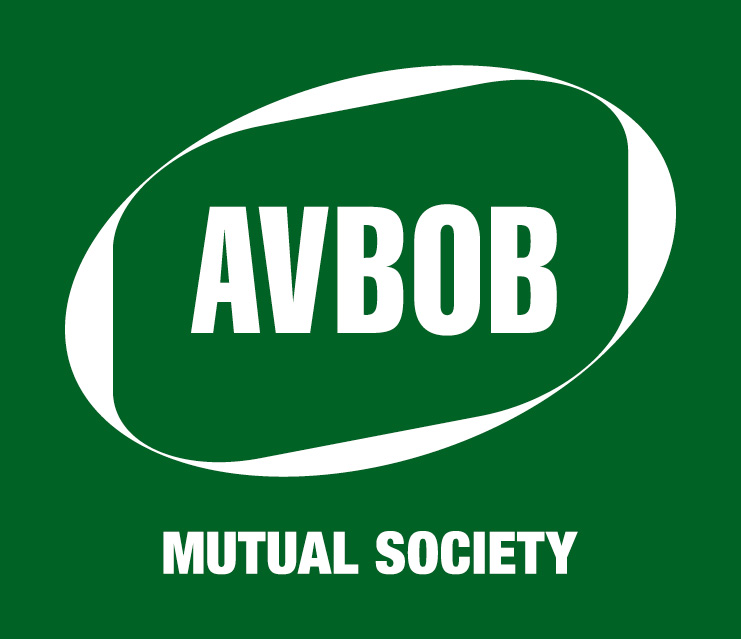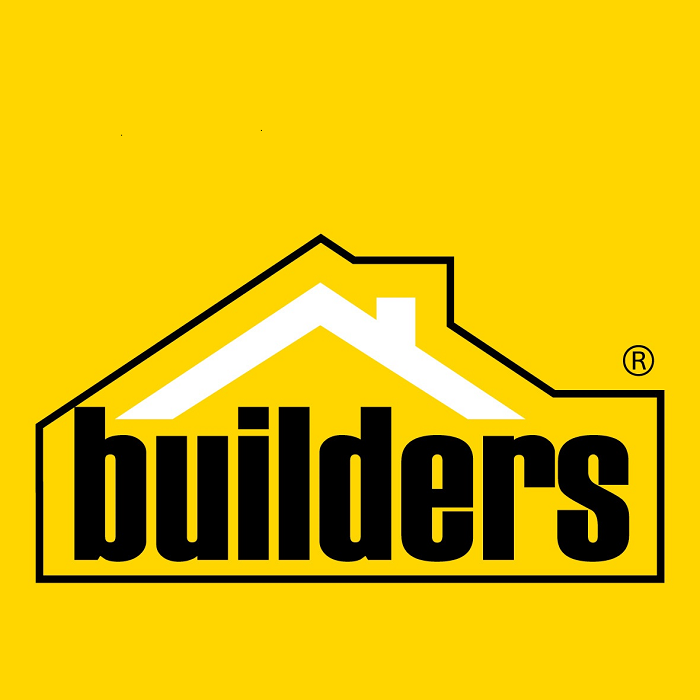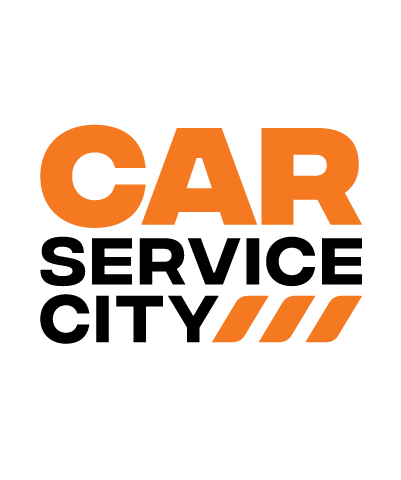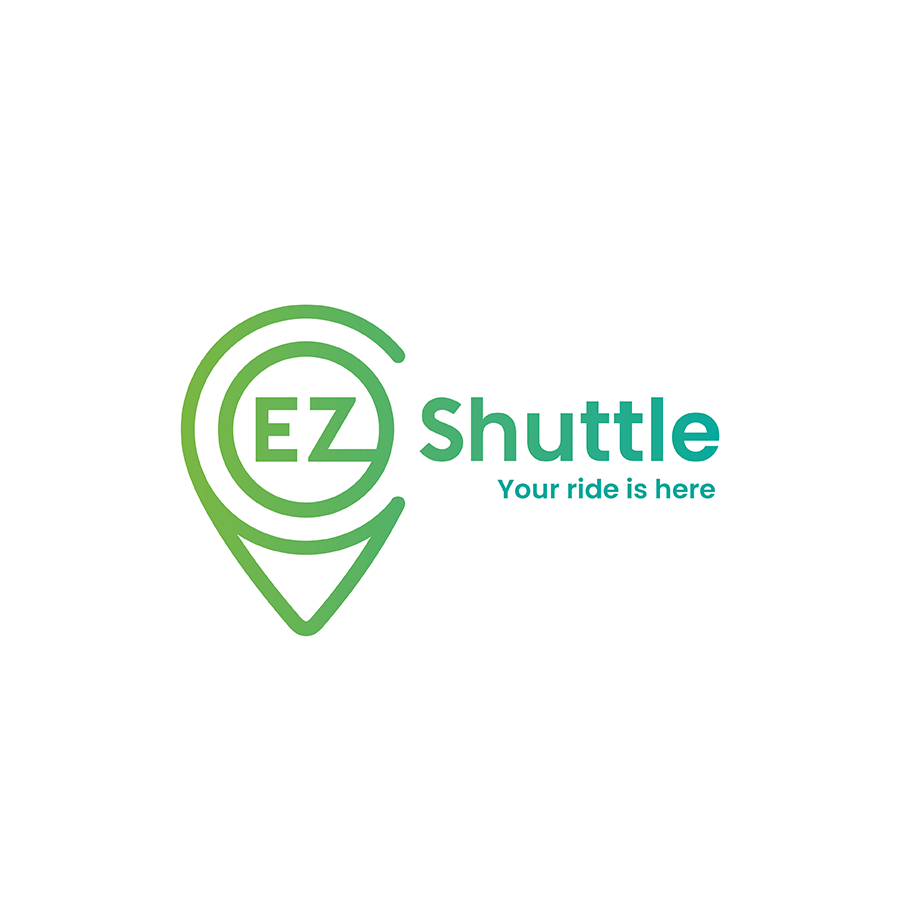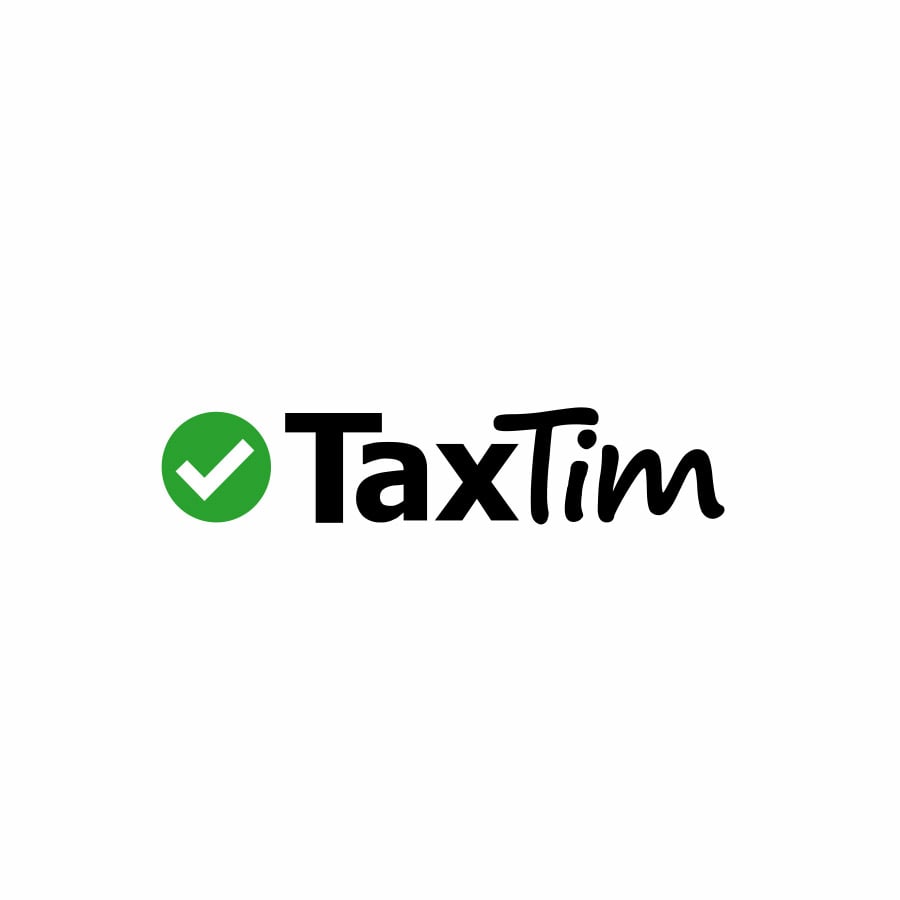Keeping your card safe
Paying by card at till points
When using your card to pay, it should never leave your sight. If the card device can’t be handed to you, go to where it’s situated so there’s no opportunity for your card to be tampered with.
- The cashier will insert your card into the card reader
- Don’t persist with a card device that’s faulty – rather ask for another card device
- Check that the transaction amount is correct
- Enter your PIN to authorise the transaction (keep the keypad covered)
- Transactions are cancelled if a card is removed before the PIN is entered
- Check that the card you receive back from the cashier is yours
- The cashier will give you a duplicate of the slip with your receipt
- Keep the slip so you can check it against your monthly statement
ATM safety tips
If you need to visit your nearest ATM, it’s important to be alert and look out for fraudsters who might try to scam you. Read our tips on how to stay safe.
How to bank safely at ATMs:
- Use in-branch ATMs whenever you can, and choose ATMs in areas that you’re familiar with
- Never use an ATM that’s been vandalised or that’s located in a badly lit, quiet area
- Have your card ready in your hand when you get to the ATM
- Stand close to the ATM, and always cover the keypad while entering your PIN
- Follow the ATMs instructions carefully, entering the required information only when prompted
- Don't let anyone distract you or leave your card unattended in the card slot
- If someone approaches you at an ATM, cancel the transaction and remove your card
- Check your card before you leave the ATM to make sure it’s yours
- Don't accept help from strangers
- Never give your PIN to anyone, including bank staff
- Keep cash withdrawals to a minimum, as well as your daily cash withdrawal limit
- Check your bank statements regularly
- Cancel your card immediately if its stolen or retained by the ATM
3 Easy steps to stop your bank card at the ATM:
- Select Stop Card or Lost Numbers
- Enter your 13-digit ID number
- Click Proceed
Create a strong PIN
You should never share your PIN with anyone, including bank staff. Keep it safe, and keep your money safe.
How to create a strong PIN
- Don’t use the same PIN twice, or for different accounts
- Include a combination of capital and lower-case letters, numbers and special characters
- Avoid obvious info, like your name and date of birth, common words and places
- Change your PIN at least once every 3 months
How to create and guard your card PIN
Your PIN is the key to your card and bank accounts as you’ll need it to draw cash at ATMs and pay at the till or point-of-sale (POS) devices.
While Lost Card Protection covers you up to 24-hours prior to reporting your lost or stolen card, you’re not protected against any transactions in which your PIN is used.
You should never share your PIN with anyone, including bank staff. Keep it safe and keep your money safe.
How to create a strong PIN
- Don’t use the same PIN for multiple accounts or cards
- For devices, include a combination of capital and lowercase letters, numbers and special characters
- Avoid obvious information, like your name and date of birth, common words and places
- Change your PIN at least once every 3 months
How to guard your PIN
- Memorise your PIN – never write it down or tell anyone what it is
- If you can’t memorise it, keep a note of your PIN in a safe place (not with your card)
- Make sure nobody ever sees you entering your PIN
- If anything makes you suspicious while using an ATM, cancel the transaction and remove your card
- If you think your PIN is no longer a secret, change it at our ATMs or at your nearest branch
